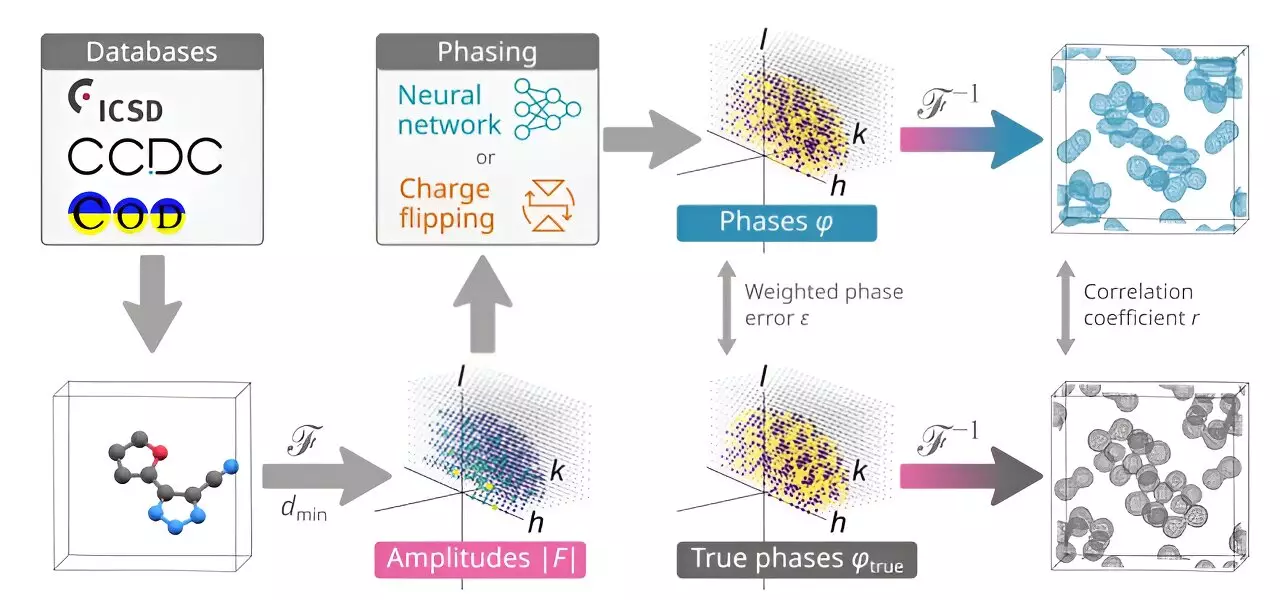In recent years, there has been a growing trend of collaboration between chemists and computer scientists to develop AI applications that can revolutionize the field of chemistry. These applications are particularly valuable due to the trial and error nature of much of chemical experimentation. One such groundbreaking application has been developed by a team of chemists at the University of Copenhagen, led by Anders Larsen, Toms Rekis, and Anders Madsen.
The traditional method of predicting the structure of small molecules involves converting them into solid crystals and then subjecting them to x-ray beams. By analyzing the diffraction pattern produced by the interaction of the x-rays with the crystal, chemists can deduce the molecular structure. However, a major obstacle in this process is the inability to measure the phase of the x-rays, leading to fuzzy diffraction patterns and inaccurate results.
To address this issue, the research trio developed an AI application called PhAI. This innovative system utilizes computer models to generate millions of artificial small molecule structures and simulate the fuzzy diffraction patterns that would result from imperfect crystal structures. By training the AI on these generated patterns, the team was able to establish a correlation between the crystal structures and the diffraction patterns, enabling the AI to predict both the phase and intensity information accurately.
The efficacy of PhAI was put to the test by predicting the structures of 2,400 small molecules for which the structures were already known. Remarkably, the AI system demonstrated high accuracy in its predictions, showcasing its potential as a powerful tool for chemists in the field. The success of PhAI opens up new possibilities for predicting small molecule structures and streamlining the research process in chemistry.
Future Prospects
The research team is committed to furthering the capabilities of PhAI beyond predicting structures for 50 atom molecules. By expanding the scope and accuracy of the AI application, they aim to revolutionize the way chemists approach molecular structure prediction and advance the field of chemistry as a whole. The development of PhAI represents a significant milestone in the intersection of artificial intelligence and chemistry, offering exciting prospects for future innovations in the field.


Leave a Reply
You must be logged in to post a comment.